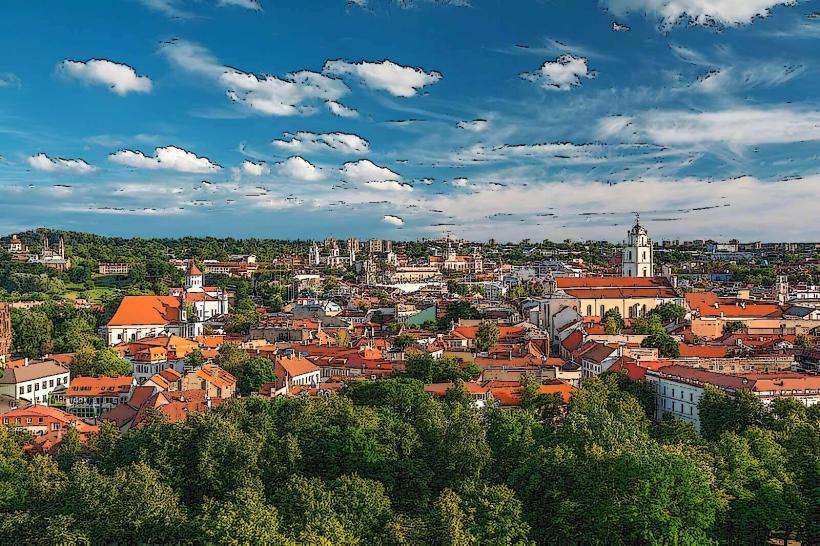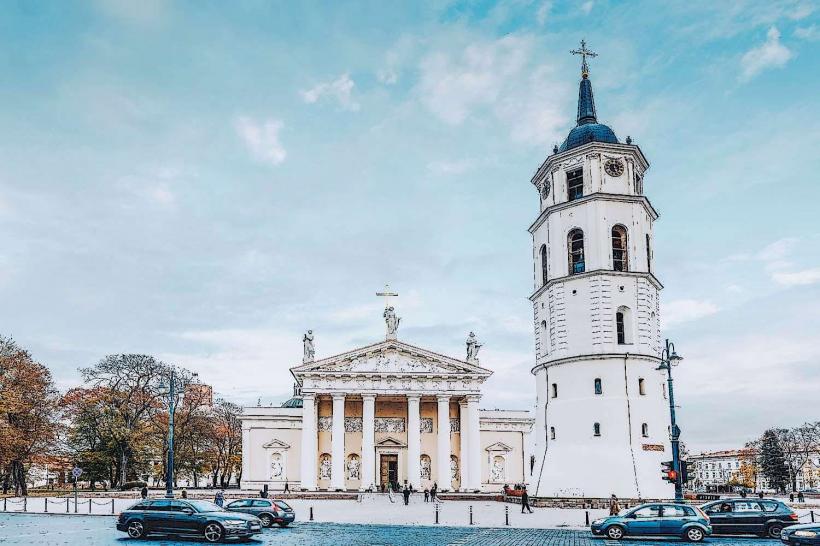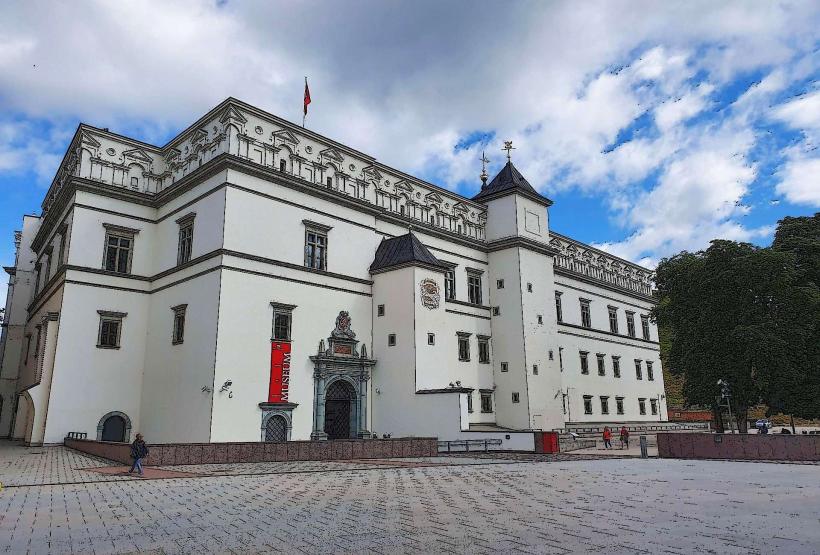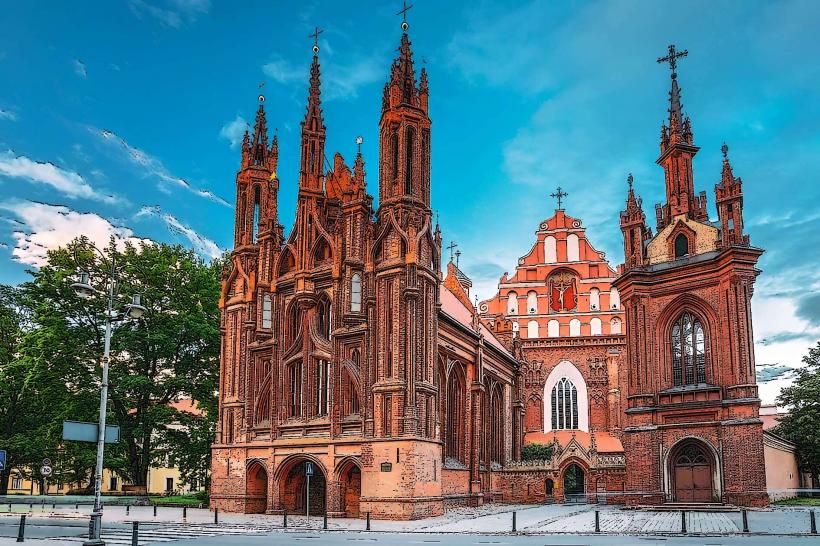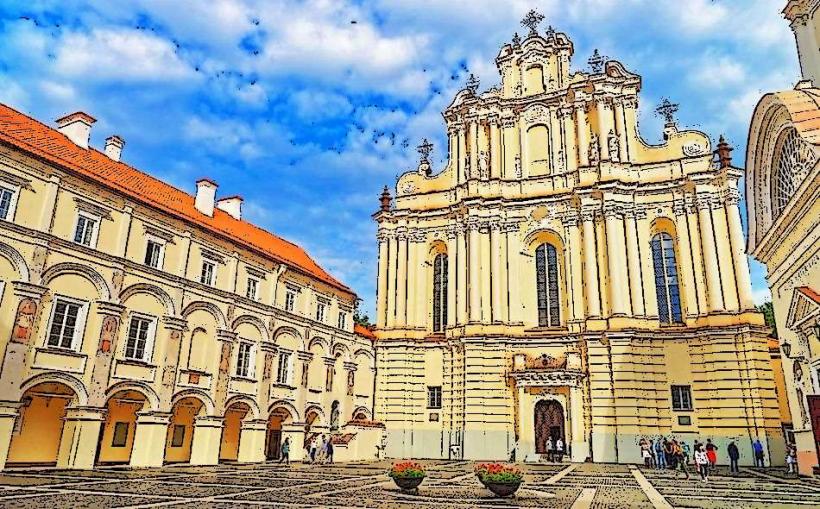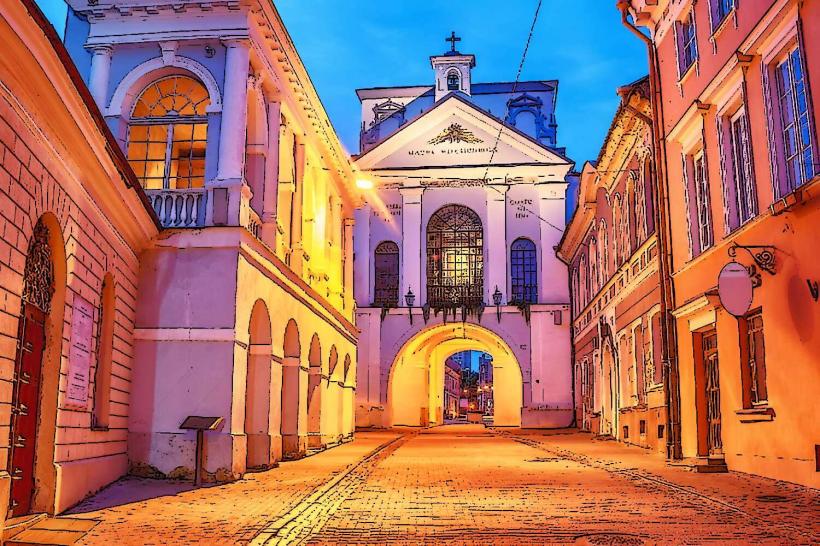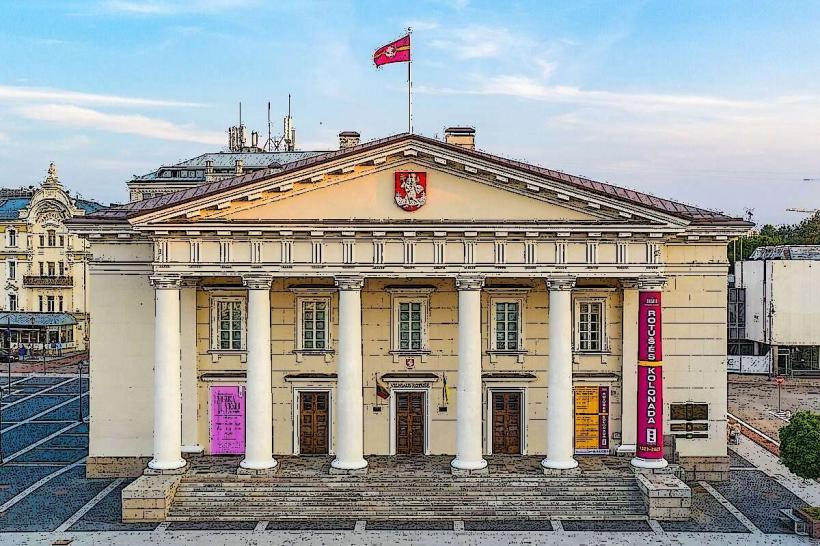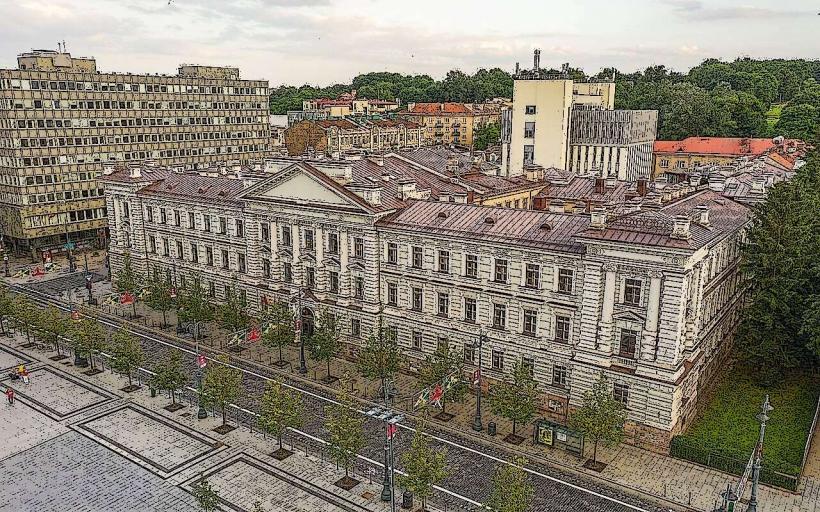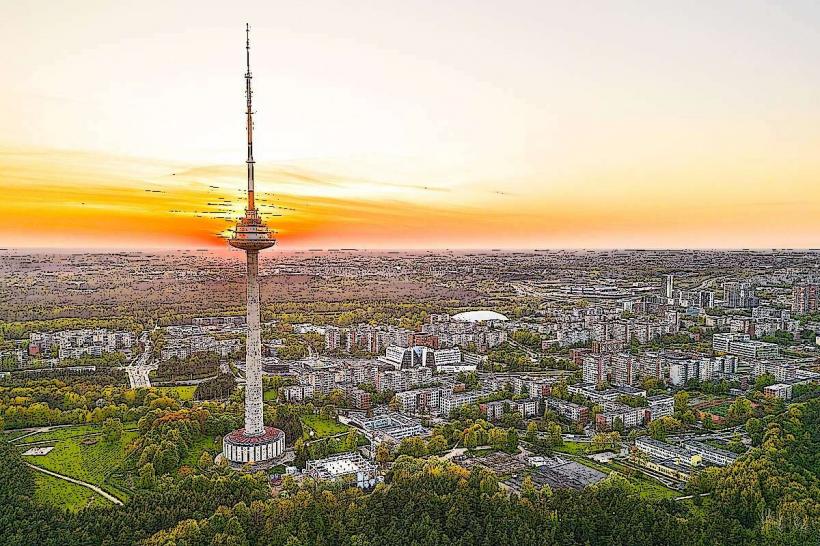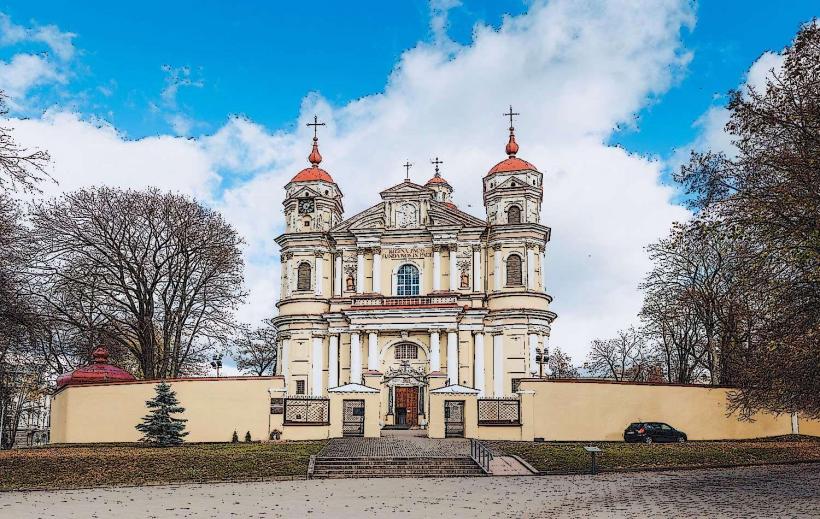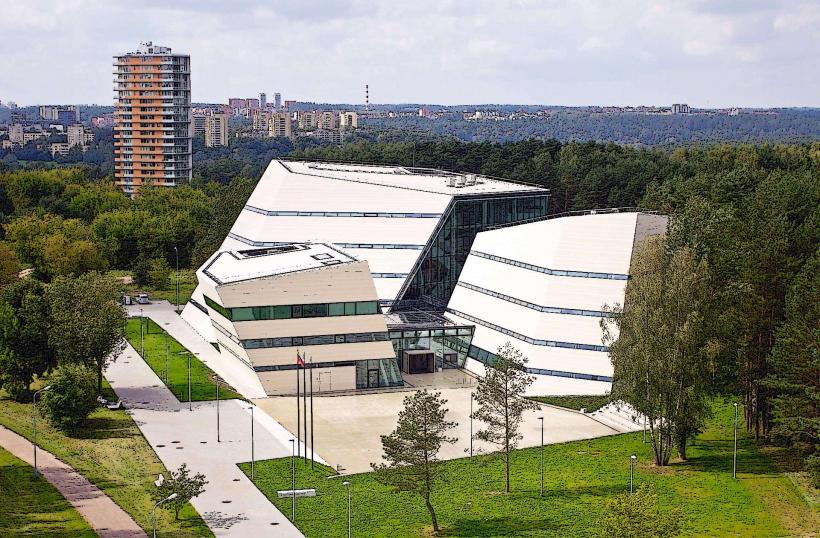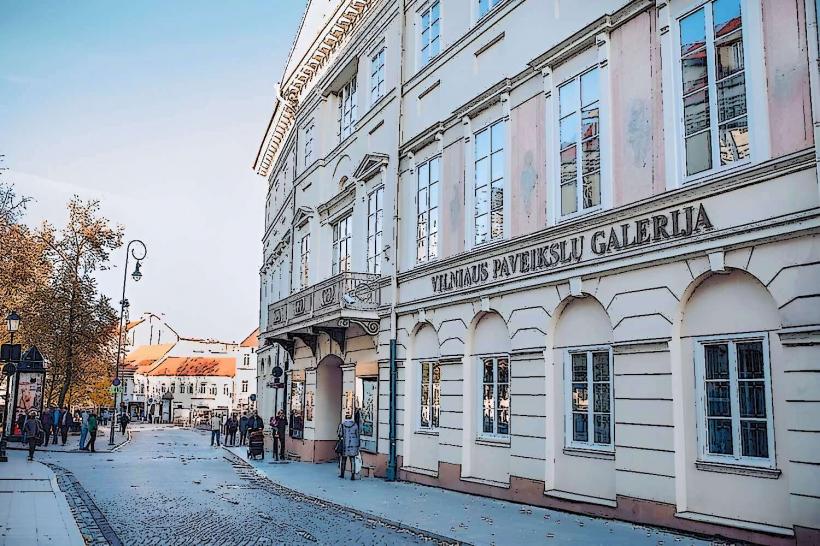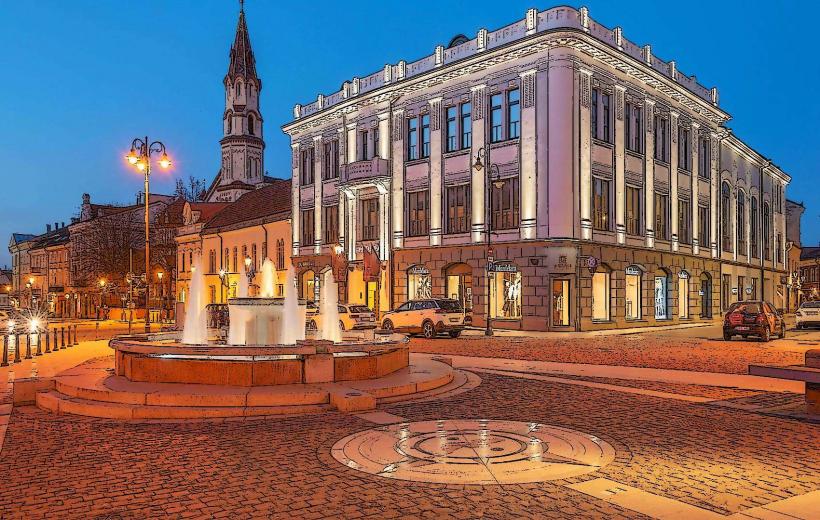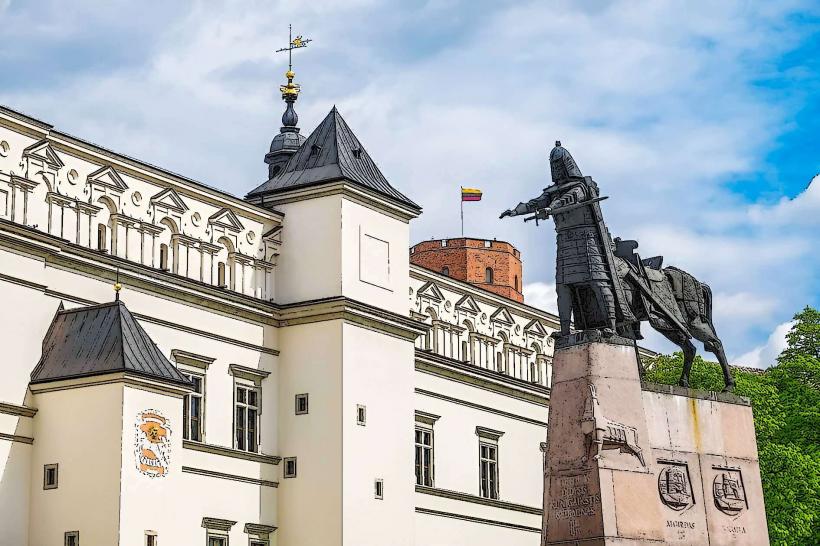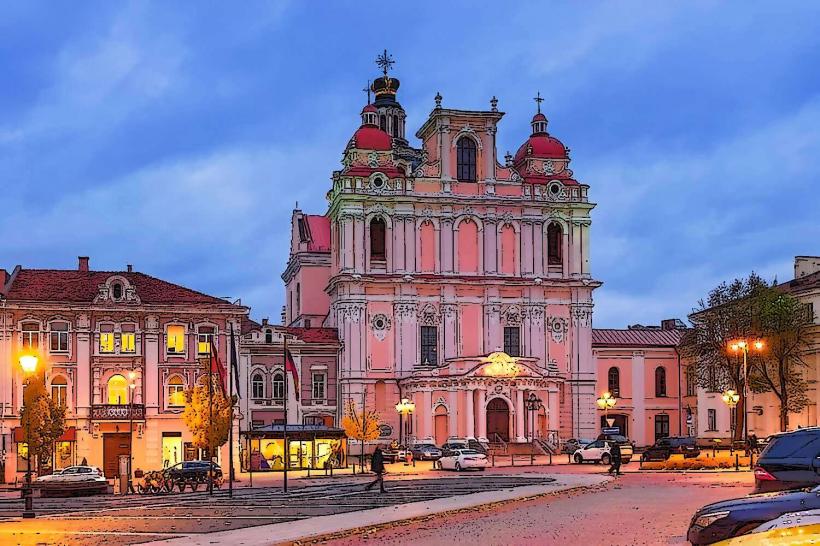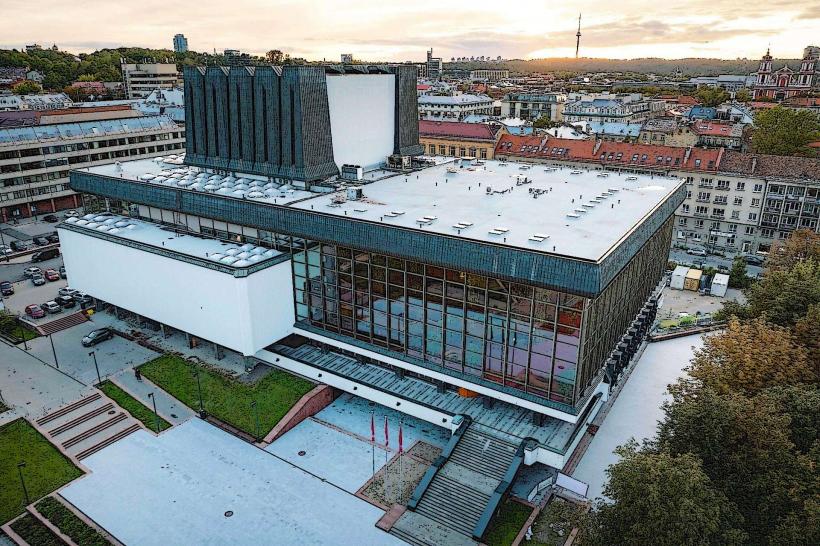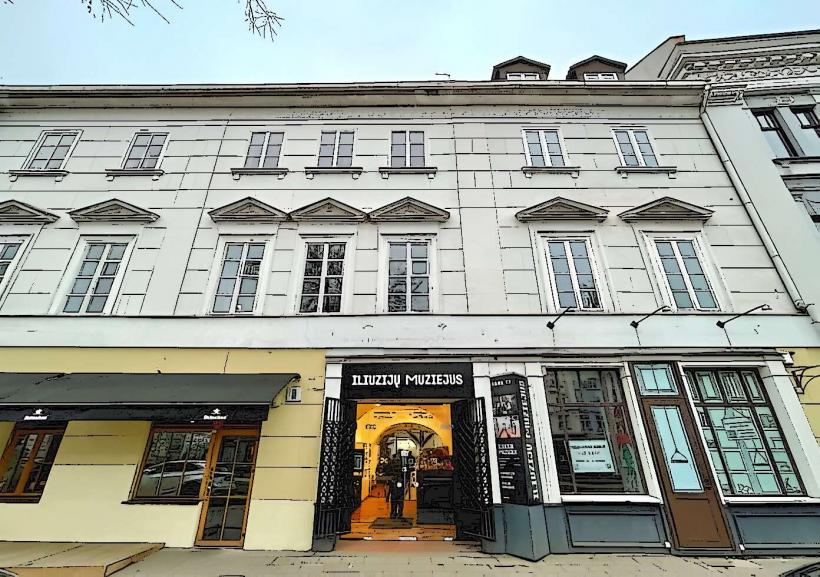Information
Landmark: Pylimo StreetCity: Vilnius
Country: Lithuania
Continent: Europe
Pylimo Street (Pylimo gatvė)
Pylimo Street (Lithuanian: Pylimo gatvė) is one of the most historic and significant streets in the Old Town of Vilnius, Lithuania. It is located in the central part of the city, connecting several important areas and serving as a key thoroughfare for both locals and tourists. The street is known for its historical significance, its role in the urban development of Vilnius, and its proximity to key cultural, architectural, and historical landmarks.
Historical Background
Origin of the Name: The name "Pylimo" refers to the defensive walls that once surrounded the city. The word "pylimas" in Lithuanian means "embankment" or "rampart," and Pylimo Street is thought to follow the line where the city walls of Vilnius once stood. These fortifications were constructed in the medieval period to protect the city from invaders, and Pylimo Street followed their course, making it one of the most historically significant routes in the city.
City’s Expansion: Over time, as the city grew and the medieval walls were gradually dismantled, Pylimo Street became one of the key streets for the expansion of Vilnius, especially during the Renaissance and Baroque periods. It has seen many changes throughout the centuries, but it has retained its importance as a central part of the city’s infrastructure.
Key Features and Landmarks Along Pylimo Street
Historical Architecture: Pylimo Street is lined with a variety of architectural styles, reflecting the evolution of Vilnius over the centuries. Visitors can find Baroque, Renaissance, and Neoclassical buildings alongside modern structures. The street is particularly known for its beautiful historical houses, which have been well-preserved and contribute to the overall charm of the area.
Vilnius Old Town: Pylimo Street runs through the Vilnius Old Town, which is a UNESCO World Heritage site. This area is full of cobblestone streets, churches, palaces, and museums. Walking down Pylimo Street offers visitors a chance to explore this historic district and admire the mix of medieval and modern influences in Vilnius’s architecture.
Cultural and Historical Landmarks:
- The Church of St. Peter and St. Paul: Located just a short walk from Pylimo Street, this Baroque church is one of the most beautiful in Vilnius, renowned for its intricate interior and historical significance.
- The Vilnius University: Founded in the 16th century, Vilnius University is located nearby and is a major cultural and academic institution. Its historic buildings and courtyards are part of the city's rich cultural heritage.
- The KGB Museum: Not far from Pylimo Street is the Museum of Occupations and Freedom Fights, also known as the KGB Museum, housed in the former KGB headquarters. The museum provides insights into Lithuania’s Soviet occupation and the struggle for independence.
- The Gates of Dawn: A short distance from Pylimo Street, the Gates of Dawn is a key historical and religious landmark in Vilnius, known for its beautiful icon of the Virgin Mary.
Public Spaces and Green Areas: Along Pylimo Street, you can find several parks and green spaces, adding to the charm and livability of the area. The Bastion of Vilnius City Wall and the Three Crosses monument are also nearby, offering visitors opportunities to explore the natural beauty and historical significance of Vilnius.
Modern-Day Role of Pylimo Street
Commercial and Cultural Hub: Today, Pylimo Street is not only a historical site but also an important part of Vilnius’s modern life. It is home to a mix of cafés, restaurants, boutiques, and galleries, making it a lively and vibrant area. It attracts both locals and tourists, offering a blend of traditional charm and contemporary urban life.
Cultural Events: Pylimo Street hosts a variety of cultural events, including art exhibitions, street festivals, and performances. It is also known for its proximity to Lithuanian cultural institutions, such as galleries and theaters, where exhibitions and performances often take place.
Transportation: Pylimo Street serves as an important transportation route in the city, with easy access to various parts of Vilnius. It is well-connected by public transportation, making it a central point for getting around the city.
Visitor Experience
Walking Tour: Pylimo Street is a great location for a walking tour, allowing visitors to explore a range of historical buildings, shops, restaurants, and local attractions. Its central location makes it an ideal starting point for exploring the Old Town and other nearby landmarks.
Architectural Beauty: For those interested in architecture, Pylimo Street offers a fascinating display of historic buildings and urban design, from medieval townhouses to Baroque churches. The street provides a rich visual experience for those interested in architectural styles throughout history.
Local Dining and Shopping: The street’s combination of modern and historic elements makes it an excellent place to enjoy Lithuanian cuisine in cozy cafés or shop for unique souvenirs. Many of the cafés and restaurants along Pylimo Street offer traditional Lithuanian dishes, such as cepelinai (potato dumplings) and šaltibarščiai (cold beet soup), as well as international options.
Conclusion
Pylimo Street is a significant part of Vilnius’s historical and cultural landscape, offering visitors a fascinating blend of the old and the new. From its historic origins as a defensive rampart to its modern role as a vibrant cultural and commercial hub, Pylimo Street encapsulates the richness of Vilnius’s past and present. Walking along the street provides a unique opportunity to experience the city's architectural beauty, its historical landmarks, and its contemporary urban life. Whether you're interested in history, architecture, or modern culture, Pylimo Street offers something for every visitor.

